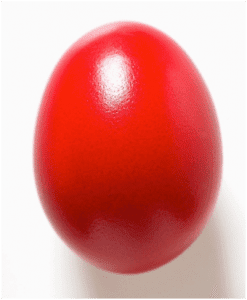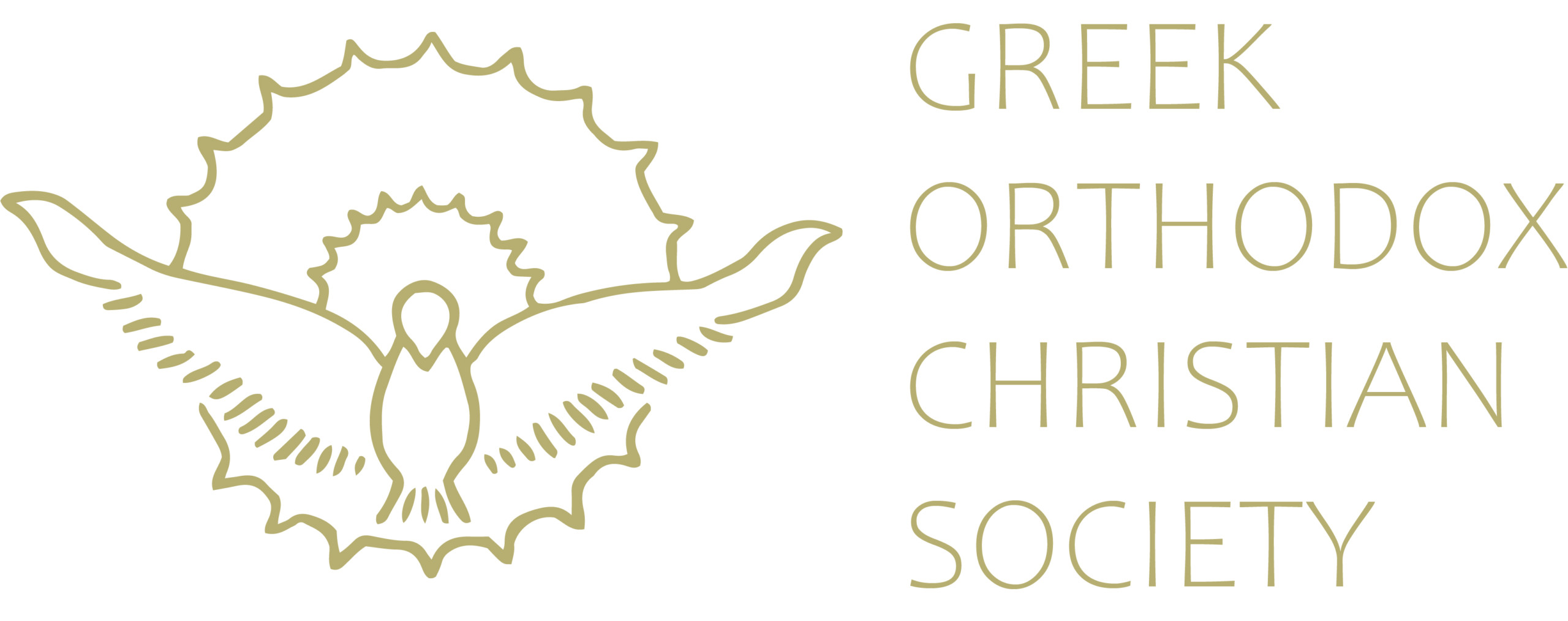The Red Egg
Easter is a special time of year for all Orthodox homes. Preparations are made for our spiritual journey towards Pascha, which includes extra Church Services, fasting, prayer, Confession and alms giving.

On the ascent towards Pascha, we have the tradition of dyeing eggs on Holy Thursday. In the Greek tradition, the eggs are dyed red while in other Orthodox jurisdictions these may be dyed multiple colours.
The custom of the Easter egg originated amongst the early Christians of Mesopotamia, who dyed the eggs red to represent the blood of Christ, which was shed on the Cross. The shell of the egg represents the sealed Tomb of Christ which, when cracked open, symbolises new life and the resurrection from the dead.
Most stories link Mary Magdalene to the custom of the red eggs. It is related that Mary Magdalene went to Rome to preach the Gospel to the Emperor Tiberius and stated boldly “CHRIST IS RISEN”. Tiberius who was sceptical over her statement declared that if she was telling the truth then the eggs in the basket would turn red at which point they did indeed turn blood red!
Easter eggs are blessed by the priest at the end of the Paschal Vigil and distributed to the faithful. Reading from the Priest’s Service Book (the Prayer for the Blessing of the Eggs) he says: “O Lord our God, who created the animals and the birds to provide food for man, bless these eggs which your servants piously brought in commemoration of Your Holy Passion and symbolism of Your luminous Resurrection. Fill them, and those who partake of them, with Your abundant material and heavenly blessings. Gladden their hearts so that, with joy and gratitude, they may offer thanks to You, and forever glorify and bless Your honourable and majestic name, of the Father and of the Son and of the Holy Spirit, now and ever, and to the ages of ages. Amen.”
Family and friends then gather together and tap each other’s eggs… one person proclaiming “Christ is Risen” and the other replying “Truly He is Risen!”
Source: April – May 2016 Lychnos Edition
